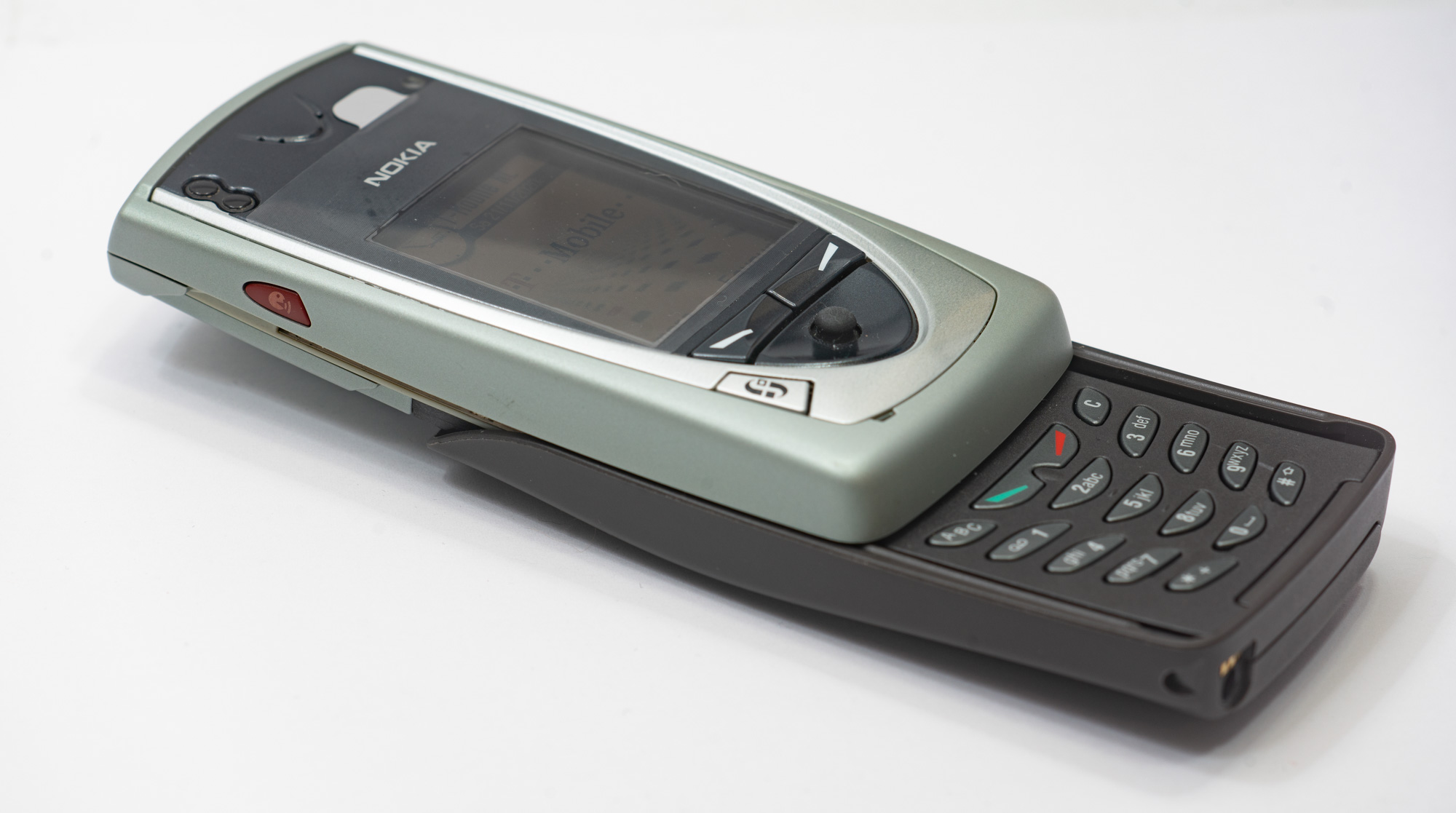
In early 2003, I am testing this smartphone and I really like it. I would have bought, but (luckily) there was no money. In the same year I will buy quite reasonable, functional, colorful, but not very “smart” mobile Sony Ericsson T68i. This would be the end of my Nokia 7650 story, but in 2019, a branch of the time machine will open briefly on eBay. Somewhere in Germany, a forgotten stock of replacement phones from T-Mobile was printed. They were intended for customers in case their device went awry, but apparently never came in handy. Relatively inexpensively, I buy a new one, with a sticker on the screen, Nokia 7650, though without any accessories and without a battery cover. Since it happened, let's take a closer look at this pinnacle of smartphone manufacturing in 2001.
I keep a diary of a collector of old pieces of iron in Telegram .
Symbian 6.1 and Series 60 UI 0.9
Let's start with a couple of comparisons. Nokia 7650 and Nokia 9210:
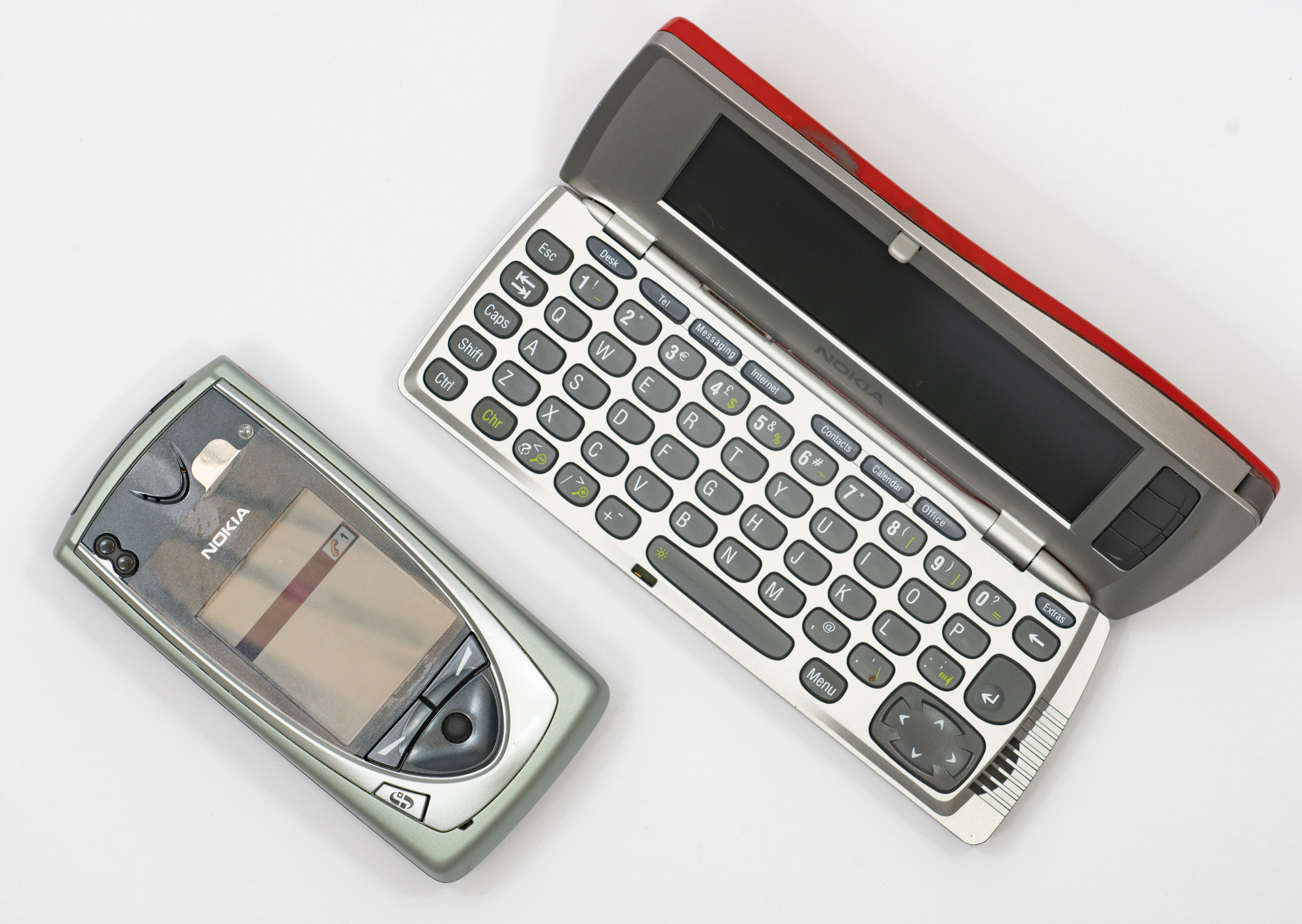
Nokia 9210 is the first "real" smartphone based on Symbian, with the ability to install software and a memory card. However, unlike the 7650, the phone part in this old-school clamshell is screwed somewhere on the side. The two devices share a common Symbian 6 operating system, but it is only responsible for basic functions. Their user interface is completely different, so is the software. Founded in 1998, the Symbian consortium is based on the 32-bit EPOC32 operating system developed by Psion. The fifth release of this OS is retrospectively renamed Symbian 5. In the latest publication of the respecteddlinyjthe screenshot of the Ericsson MC218 PDA boot screen with the Symbian logo is shown . By the time this Psion 5MX clone was released, the renaming had already taken place. But it's still a Pocket Computer, without a phone inside. The first Symbian smartphone - Ericsson R380 - was released in November 2000, but you can't install software on it. The Nokia 7650 is thus the first full-fledged smartphone and the first device with a Series 60 user interface.

From the user's point of view, the type of UI is more important than the kernel of the operating system - it is the interface that determines the experience and dictates the compatibility with programs. Despite the attempt to develop common UI options within the consortium, Nokia went its own way, Sony Ericsson, a little later, its own, which immediately laid a terrible fragmentation of a seemingly single platform. Now we are dealing with the fragmentation of Android, when each vendor has its own custom build of the operating system, but at least programs can run on almost all devices without changes. In the Symbian world, compatibility was broken by different approaches to control: here portrait mode, and there landscape, here there is a touchscreen, and there are only buttons.

Let's compare Nokia with the usual mobile phone Nokia 6310i, released next year, 2002. Yes, the 6310i's screen is monochrome, but there are almost the same features (apart from installing applications): there is an IrDA, Bluetooth, and GPRS. Moreover, the 6310i has a standard cable for connecting to a computer via a serial port. Bluetooth supports wireless headsets, while the 7650 only supports data transmission. But the main thing: size and battery life. 6310 lives for a week, Nokia 7650 with a fresh battery lasted three days in “charge and don't touch” mode. Nokia 7650 set the trend for all modern smartphones. The screen is large, the dimensions are also rather big, the battery life is modest. However, this Nokia with its 104 megahertz processor still keeps within the limits of a decent one. Daily recharge will come laterbut already in this device it will be necessary to measure the autonomous work not only in the talk hours. There is a lot to do on the device besides phone conversations.

Polyphony, MMS and Soft
The instructions for the smartphone do not mention native applications for Symbian at all, only cross-platform (conditionally) programs on the Java platform. In the announcement at the 2001 MWC, the emphasis was not on applications at all, but on the camera and the latest multimedia messages at that time. The seemingly disruptive MMS technology never took off, although it was an honest attempt to bring ancient SMS closer to modern chat rooms. Alas, it didn't work out, and now operators are slowly phasing out support for MMS (but they don't forget to write off funds if you accidentally send them). This ancient ad for the Nokia 7650 is dedicated to MMS cameras (and cameras):
As part of experiments with an ancient smartphone, I decided to try two things: install some software and put a cool melody on an incoming call. The software is quite simple: I put the Bounce game on Nokia. On my 2002 test device, it came in stock, but the T-Mobile version didn't. Meanwhile, both then and now, this phone is interesting to me mainly due to this simple arcade game.
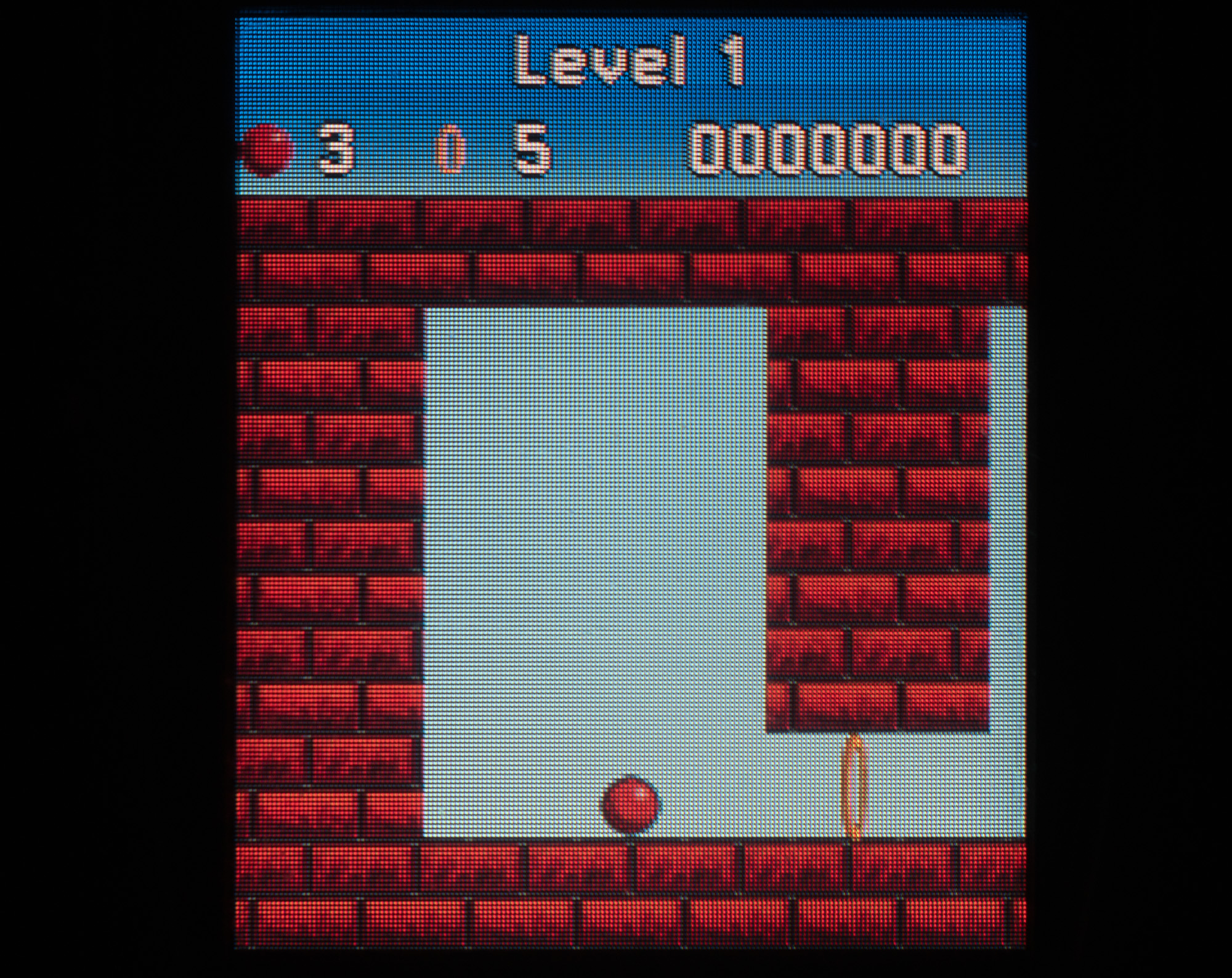
Installing the game is simple: the smartphone connects with a modern Galaxy Note without any problems, transfers and receives files via Bluetooth. This technology has shown remarkable resilience to change. True, this works precisely on mobile devices: in Windows 10, the old protocols seem to be broken.

The legendary snake is installed on Nokia. Install the game, take five photos, go to the application manager and check the remaining memory:

Less than two and a half megabytes free. We must not forget to delete software distributions that are saved during transmission via Bluetooth as messages. And in general, you need to delete everything more often. It's even a pity: the phone can work as an MP3-player, but even one track will not fit entirely into it. Therefore, the helmet is MIDI. The standard set of utilities even has a program for creating your own melodies, but knowledge of musical notation is required there. It's easier to transfer a MIDI file to the device. Nokia 7650 simulates a typical mobile phone of the early 2000s: memory and resources are scarce, you can't put MP3 on a call. There is a short-term renaissance of music in MIDI, for new models they discuss the presence of "polyphony" and "the number of voices", shift popular hits into sheet music. And these hits on each smartphone sound in their own way, to the best of the strength and capabilities of the synthesizer. A familiar canyon.mid on Nokia sounds quite decent.

Camera
Another Nokia 7650 commercial, at the end of which the characters take a selfie:
There was no such word yet, and the smartphone itself was poorly adapted for this: it was necessary to turn the phone with the camera towards you and blindly press the joystick. In reviews of those years they write: the 7650 camera takes good pictures when viewed on a phone screen.
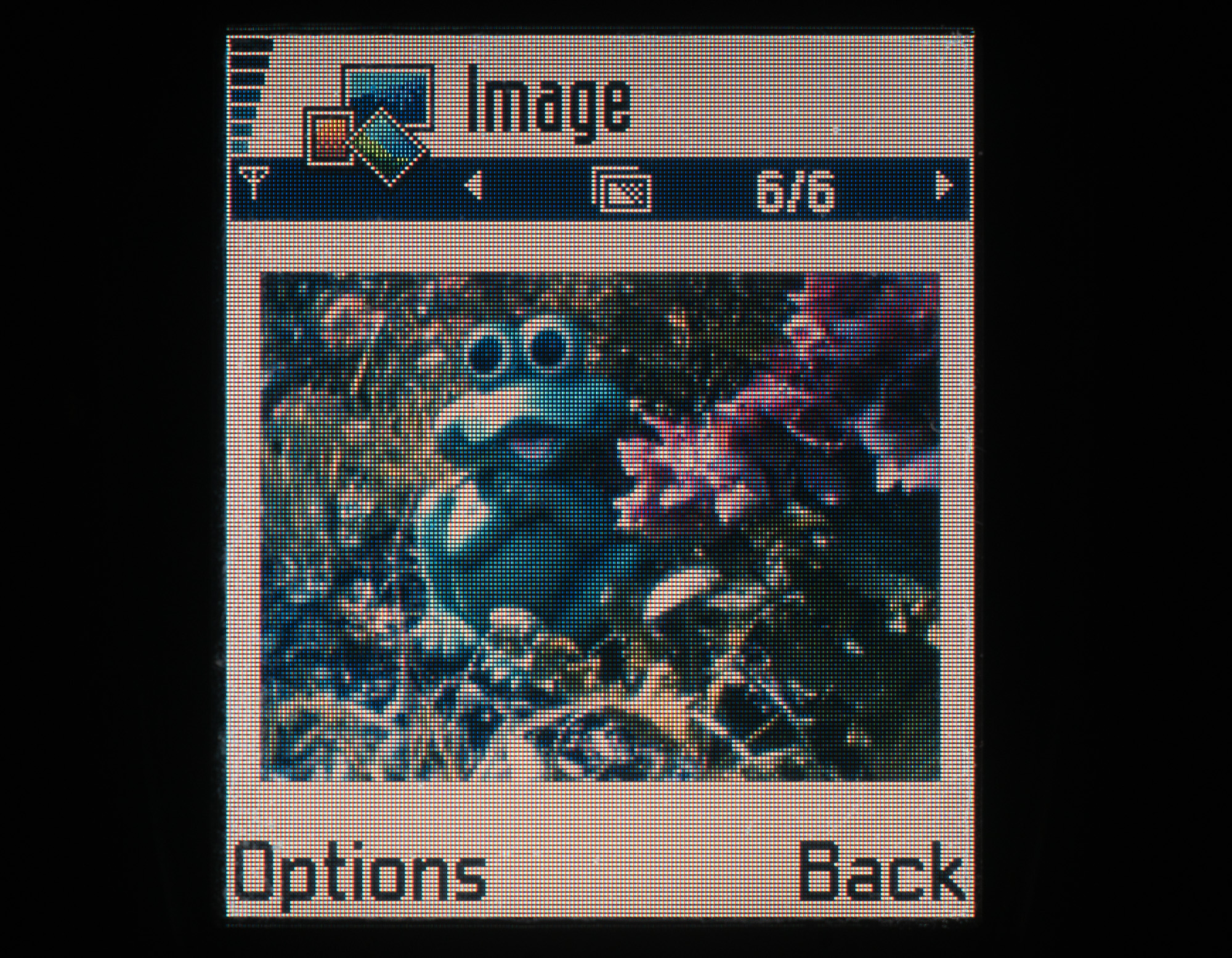
And if you watch them on a computer, the quality is average, even by the standards of 2001.

Photo size - from 50 to 70 kilobytes, resolution 640x480 pixels. A similar result is obtained by the camera for the Handspring Visor PDA .

Despite its mediocre quality and limited memory, the Nokia 7650 is the first popular camera phone. He lays down the modern trend when you don't have to take a camera with you. It is in the phone, and the phone is always with you.

Details

Nokia 7650 is a slider, and quite tight. It is difficult to open it with one hand (for example, to answer a call). And not necessarily: with the keyboard removed, a joystick and buttons for answering (or ignoring) are available.
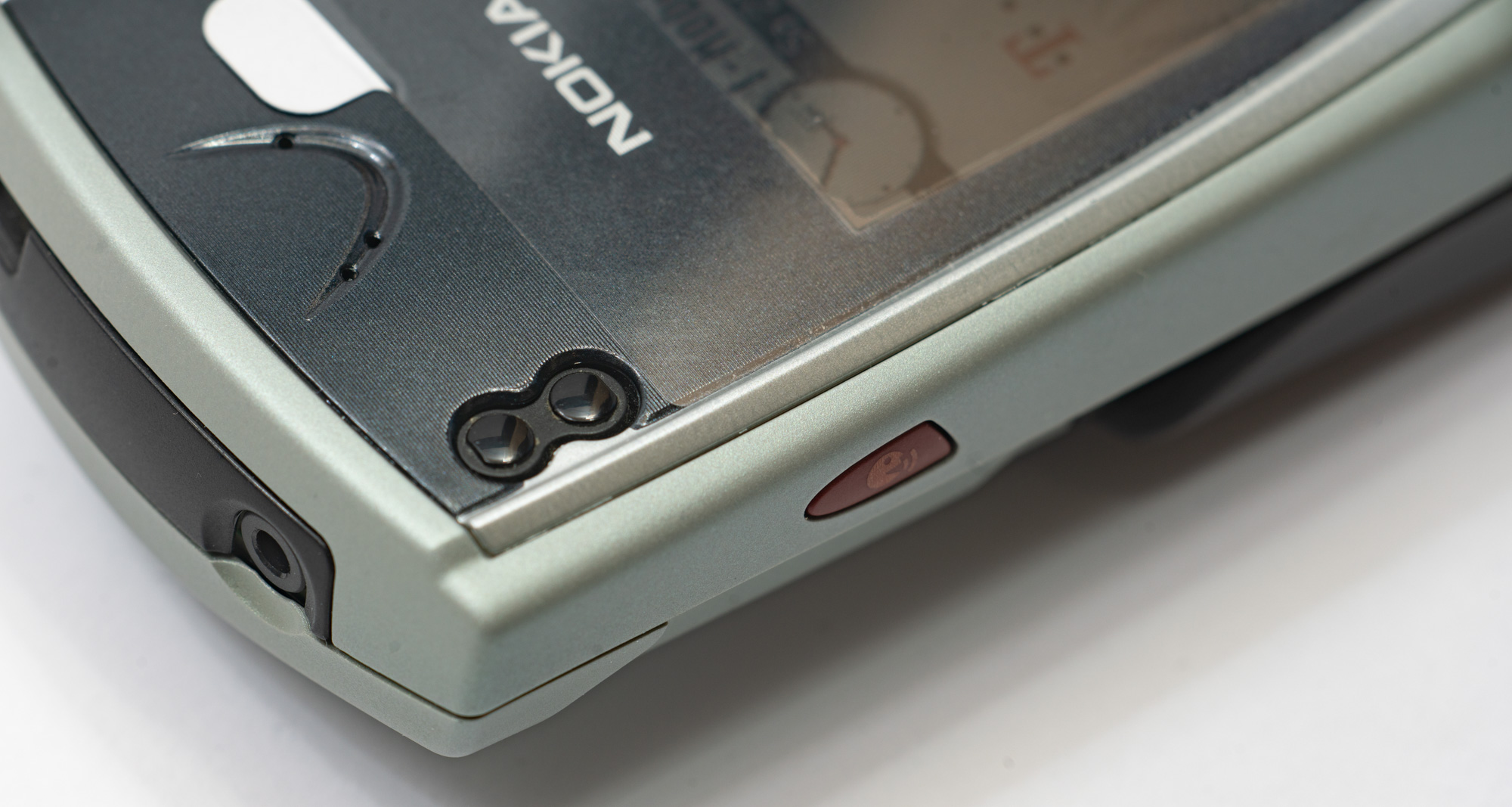
A notable element of the front panel is the huge light sensor. This was also new: in bright light, the phone reduces the backlight intensity. Modern smartphones do exactly the opposite, but the screen of the Nokia 7650 is readable in reflected light.
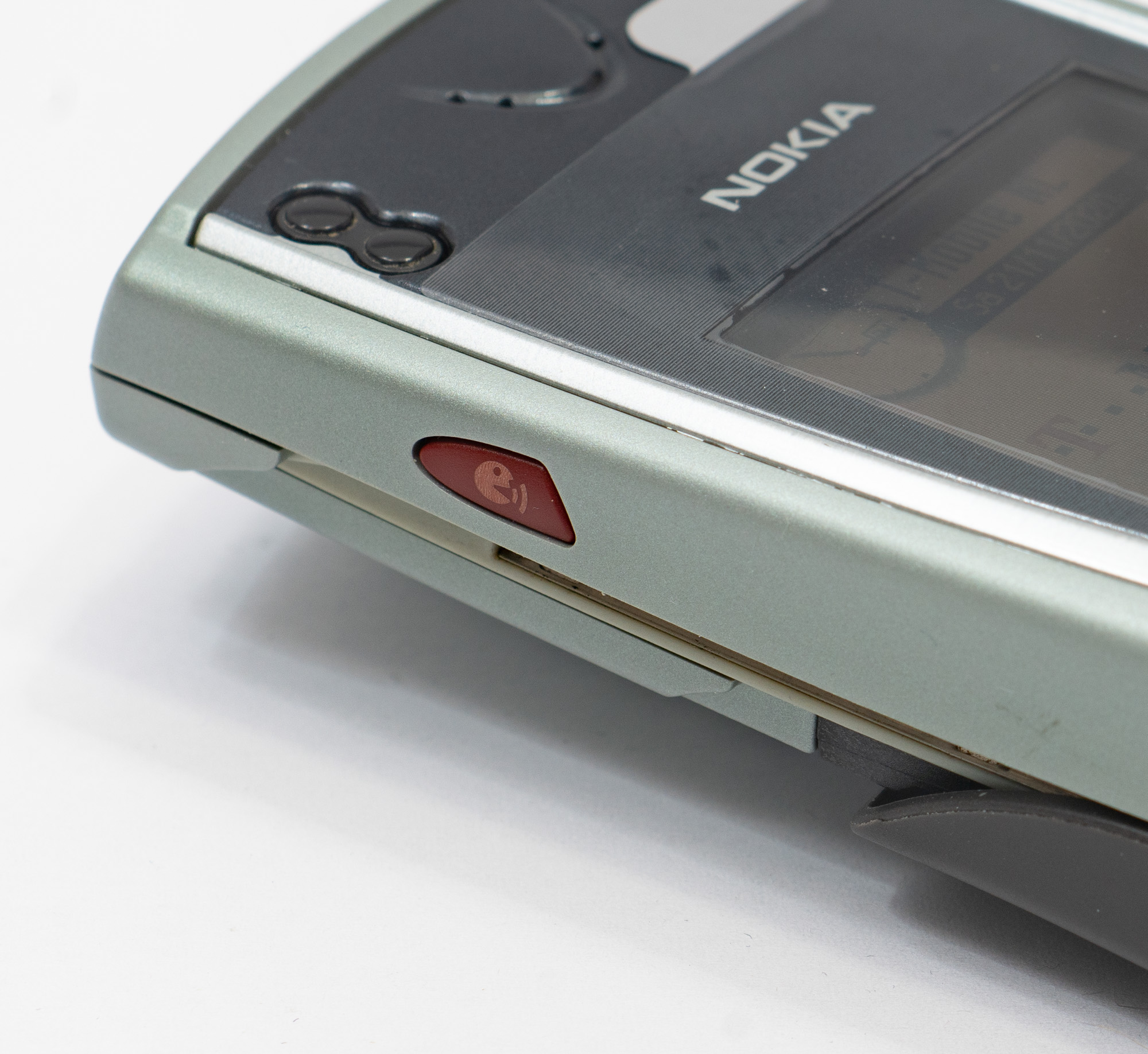
A separate button is intended for calling a subscriber using a "voice tag". This is such an early voice control system, when you write down a code word for a subscriber, and then just call this word to make a call. It is not unique to this model, and was available on simple mobile phones.
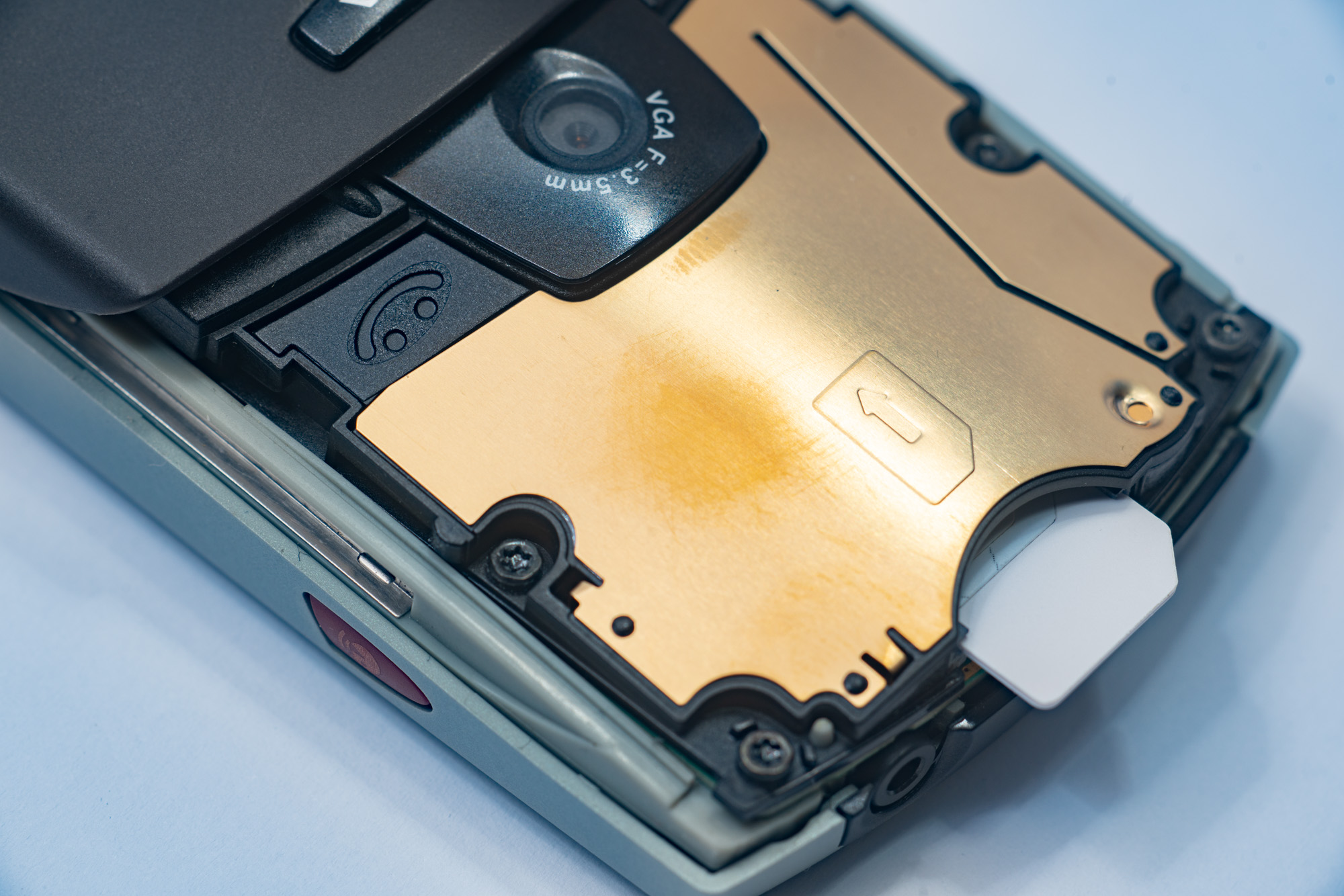
The SIM card is inserted from above, the slot is under a plastic cover.
From first to last
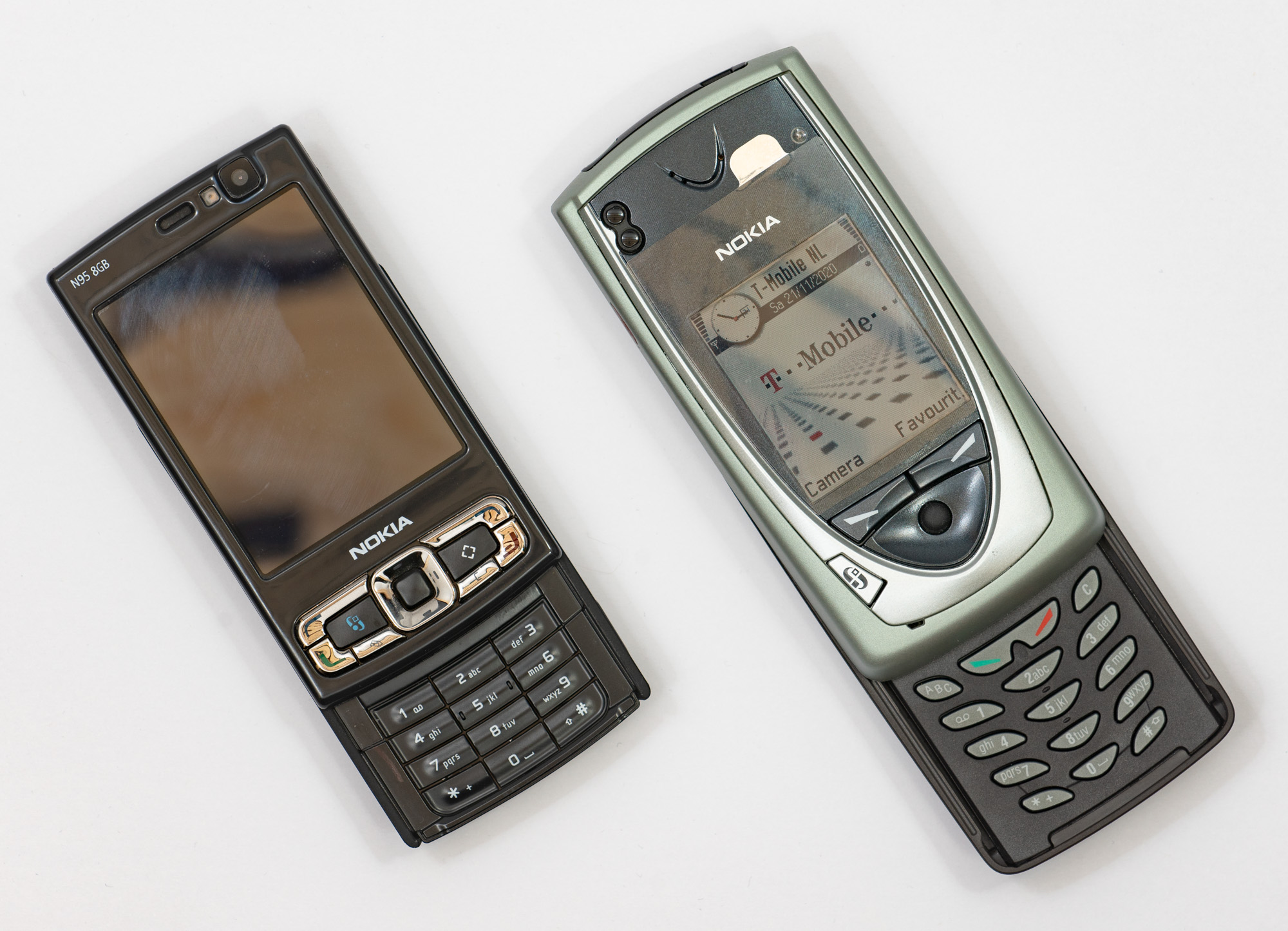
Comparison with the Nokia N95 shows how cool the classic Finnish smartphones were “pumped over” in six years, from 2001 to 2007. On the other hand, it is noticeable that the Nokia 7650 immediately set the control principles that did not change until the release of Nokia touchscreen devices ... Two "soft buttons" under the screen, which were later implemented in Windows Mobile. Joystick on the front panel, button for opening the main menu. My copy celebrated its 18th birthday well. Everything works, the appearance is like new. Only the number keys had to be slightly "developed", otherwise they regularly worked twice with one press.

This smartphone is not capable of much, but no one demanded much from it, neither then nor now. Many of those who really could afford this phone used it simply as a high-quality mobile phone with a large (2.1 inches!) Screen. A year later, at the end of 2002, a strange successor of the model will be released, a stylish youth smartphone Nokia 3650. It has a stupid keyboard, but it has a memory card slot.

In October 2003, the Nokia 6600 will be released , and now it will be a serious device, which I regularly noticed with friends and acquaintances. Its specifications are almost the same as those of the 7650, only memory expansion has been added. This phone, in turn, was produced until 2007 - unprecedented stability in the market for today. Perhaps I will add these devices to the collection over time. But now I have enough impressions about the initial stage of development of Nokia smartphones. I would like to take a closer look at how this era ended.